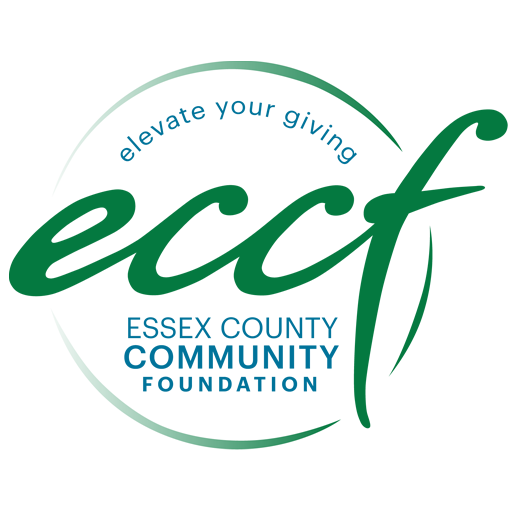 The Center for Effective Philanthropy’s Phil Buchanan addresses funders at ECCF Summit
The Center for Effective Philanthropy’s Phil Buchanan addresses funders at ECCF Summit
By Michelle Xiarhos Curran
ECCF COMMUNICATIONS WRITER
By the end of his keynote address, and after all the questions had been asked and answered, the message that Center for Effective Philanthropy President & CEO Phil Buchanan had for area funders was clear.
Philanthropy cannot possibly fill the void left by recent federal funding cuts. But it also can’t walk away.
Buchanan was setting the stage for a morning of connection and discussion at ECCF’s annual Funders Summit, held May 13 at Danversport. Dozens of ECCF fundholders, foundations and philanthropic professionals from across Essex County gathered to discuss “Navigating Uncertain Times: What is Philanthropy’s Role?” The event was hosted alongside Summit founding partner, the Peter & Elizabeth Tower Foundation, and Rockland Trust Bank.
“We’re at this pivotal moment in time,” ECCF President & CEO Stratton Lloyd told attendees. “And we definitely feel the weight of this moment right now. The first thing we can do as a community foundation is to bring people together.”
ECCF has been bringing funders together for more than a decade, recognizing long ago that collaboration and connection among local philanthropists is critical to increasing local impact. And with new federal funding cuts announced weekly and more looming, this sentiment has never held more weight.
That was one of the messages that Buchanan too delivered at the Summit, when an ECCF fundholder asked, ‘For those of us who do not have larger foundations, what recommendations do you have for us at this time?”
Buchanan advised fundholders to get to know their grantees, to be flexible with what they thought their budget for philanthropy was and to “figure out a way to work in connection with other donors.”
“I think community foundations, just like they did during COVID, are playing, and WILL play, an absolutely essential role to bring people together to have these conversations,” he said.
But more than working together, Buchanan’s message was this: nonprofits are worried – and for good reason. When you consider the frequent news from Washington, not only about funding cuts but also challenges to the constitution and basic human rights, it’s no surprise that 70 percent of organizations, according to a CEP survey, say that the current political climate is having a negative impact on their ability to carry out their work. Their most pressing concerns include funding levels and priorities, the well-being and safety of staff, an increase in demand for services, backlash to their missions and the legal climate for their work.
So, what do nonprofits want from funders?
Bold action. Buchanan indicated that organizations want more than grantmakers. They’re looking for partners in social change: people who will align themselves with the work that nonprofits do and the communities they serve, communities that include people of every political ideology and party affiliation. They want funders willing to stand beside them on the front lines.
“This is a good time to draw a line in the sand,” one nonprofit responded to the CEP study.
“But I think the bleak reality of the situation forces a reconsideration of assumptions that have guided a lot of funders,” Buchanan said. “Assumptions that may have made good sense in mid-November or even early January. But not so much now.”
The assumptions he’s referring to include 1) that only certain nonprofits will be targeted, 2) that foundations and nonprofits have different interests, different threats and different levels of public support and therefore should pursue separate and distinct strategies for defending themselves, 3) that there is some kind inside game to be played in Washington and 4) that staying “under the radar” will decrease risk.
“Look, I get it. The fear is real. But let’s be clear. There’s no ‘staying under the radar,’” said Buchanan. “With great respect for some of the people who hold this view, some of whom have been mentors of mine, I strongly disagree.”
“The risks we consider, should not only be risks of action that are parochial to our institutions, but also risks of inaction, to our missions, values, the people we seek to help and, indeed, our democracy,” he said.
Once we reconsider these assumptions, Buchanan said, there are a range of ways to take action.
Across the country, foundations and individual philanthropists are stepping up payout levels; streamlining processes and providing unrestricted support; reaffirming – and in some cases doubling-down on – their commitment to Diversity, Equity, and Inclusion; speaking out in defense of nonprofits and civil society; and developing new grant initiatives to respond to the moment.
ECCF believes that the philanthropic sector is uniquely positioned to take bold, timely action to address some of the impacts that revised funding streams will have on nonprofits. Philanthropy can be flexible, move nimbly and take risks that others can’t.
“As funders, you have unique freedoms and resources to meet the moment,” said Buchanan, who stressed that mustering courage is key – there are many people whose situations demand it of us. “I know it’s not easy. But we need you to meet the moment.”
Armed with inspiration, Summit attendees seemed ready to heed that call as they broke out into small groups to talk about the key challenges of the current funding environment and to brainstorm opportunities for action.
“Each and every one of you has a really important voice in this room,” said Tracy Sawicki, executive director of the Peter & Elizabeth Tower Foundation. “It’s up to you to find your place in the work.”


